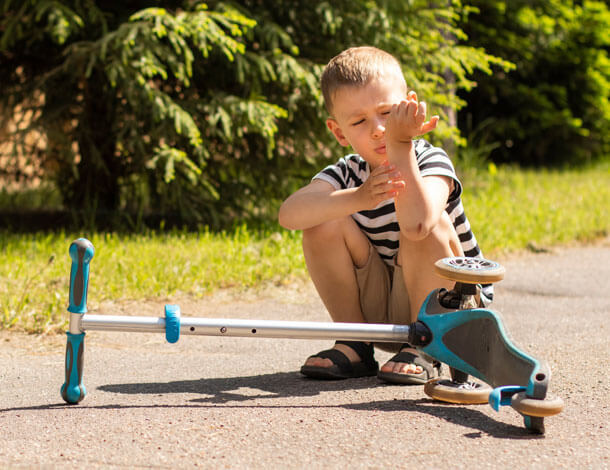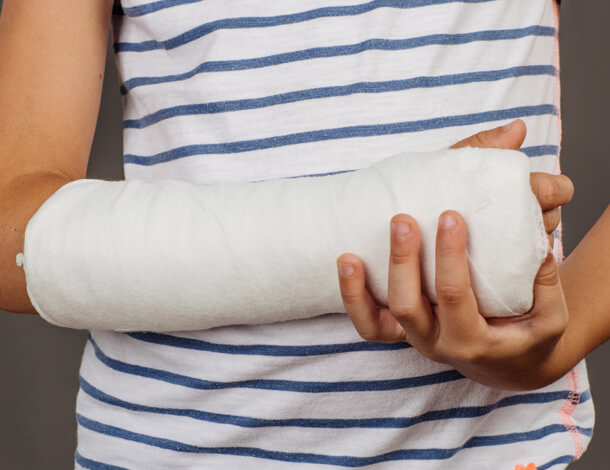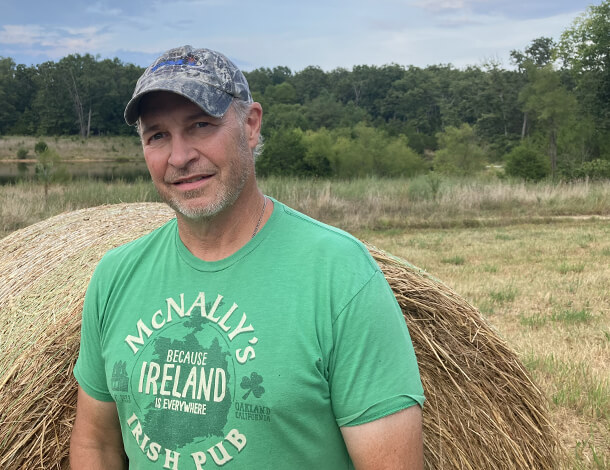How to Care for a Child With a Wrist Buckle Fracture: Tips for Parents

Part of watching your kids grow up is being there for them when they get hurt. Sometimes, they just need a band-aid, a hug, and reassuring words to feel better. But, in other instances, you might need to take them to a specialist to heal—especially if they have an injury (like a wrist buckle fracture) that requires medical attention.
Keep reading to discover what causes this type of fracture, what signs to look for, and how long this injury takes to heal.
What Is a Buckle Fracture?
Buckle fractures (also known as torus fractures or impacted fractures) are most common in children under 12. They’re categorized as incomplete fractures, meaning the bone doesn’t break all the way through.
Because they’re still growing and developing, children’s bones are more pliable and flexible and more likely to buckle than break completely. Adult bones lose some of this flexibility with age, making them less prone to buckle fractures and other incomplete fractures.
According to the American Academy of Orthopaedic Surgeons, about 40% of all children’s bone breaks are in their forearms, and about three out of four of those are wrist fractures.
Causes of Buckle Fractures in the Wrist
Buckle fractures typically occur in the wrist when someone falls onto outstretched arms. It often happens to kids when they’re running or playing sports. An impacted wrist fracture usually affects the radius and ulna, the two forearm bones that connect to the wrist.
The pressure from a fall can forcefully push the bone enough to cause it to bulge or “buckle,” but it often does not break in kids. The fracture remains stable, meaning the bone fragments don’t separate or displace.
What Does a Buckle Fracture Feel Like?
When an impacted wrist fracture occurs, the bone doesn’t break all the way, though it may bulge out of position, forming a noticeable bump on the bone’s surface. The wrist can feel tender or slightly swollen, and moving it can be painful. The wrist likely won’t look deformed and will keep its usual shape.
Common symptoms of a wrist buckle fracture include:
- Pain
- Swelling
- Tenderness
- Bruising or discoloration
- A bump on the bone that’s not usually there
- Younger kids might favor the hand on the uninjured side
How Are Buckle Fractures Diagnosed?
If your child falls and hurts their wrist, you should see a doctor for an examination as soon as possible. To check for a buckle fracture, a wrist specialist will do a physical exam and might also take X-rays to look at the bone and how it’s damaged. Impacted fractures of the wrist are very easily treated as long as they’re diagnosed right away.
Treating a Buckle Fracture
Buckle fractures are usually treated by putting a splint on the wrist. Sometimes, a cast might be needed, but your doctor will help you decide what’s best for your child.
Most kids need to wear a splint for about two to three weeks to keep the wrist stabilized and to keep them from re-injuring it. Your doctor might also recommend an arm sling to help with discomfort.
Over-the-counter pain relievers like aspirin or ibuprofen may also be recommended to ease your child’s pain. Your doctor will tell you which medicines are safe for your child while they heal.
How Long Does It Take for a Buckle Fracture to Heal?
Impacted wrist fractures typically heal quickly, especially compared to other wrist injuries. Most kids start feeling better right after they begin using a splint, but it might take a few weeks for all their symptoms to go away. Wearing the splint helps keep the bone in place and reduces pain.
In most cases, your child will be able to go back to their regular activities (including sports) within a month, but your doctor will advise when it’s safe to resume activities.
If your child has an untreated buckle fracture, it can lead to more serious problems later on, like their bone not healing correctly, their bones not growing back together, or their pain getting worse and their injury taking longer to heal. So, getting any wrist injury looked at is vital so the best treatment can be started immediately.
Trust the Wrist Experts at IHTSC
If you or your child have experienced a wrist injury, the experts at Indiana Hand to Shoulder Center are here to help. For over 50 years, our team has provided complete care for hand, wrist, elbow, and shoulder injuries, disorders, and conditions.
Our experienced team of surgeons, advanced practice providers, and therapists will diagnose your injury and work with you to develop the best treatment plan to help you heal.
Call us at (317) 751-5904 to schedule today.



